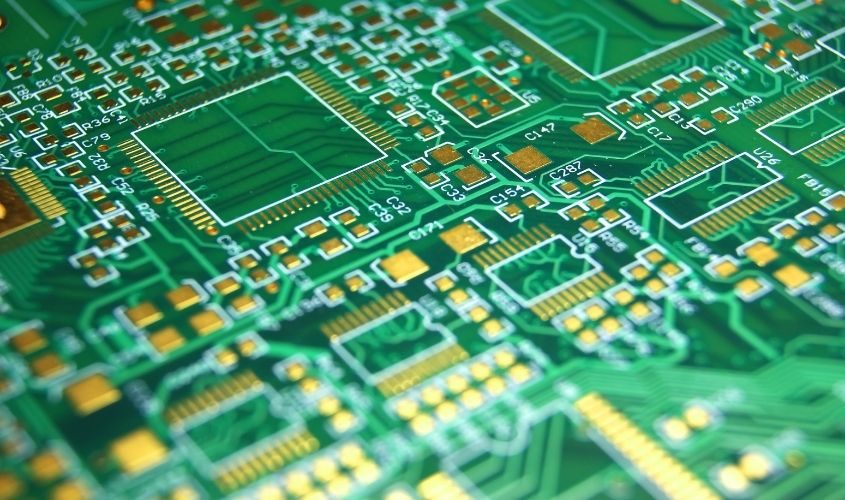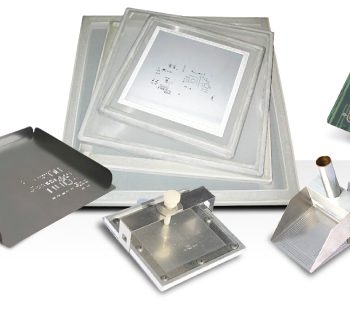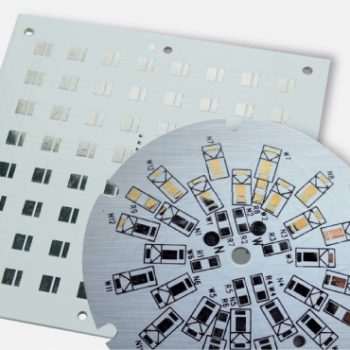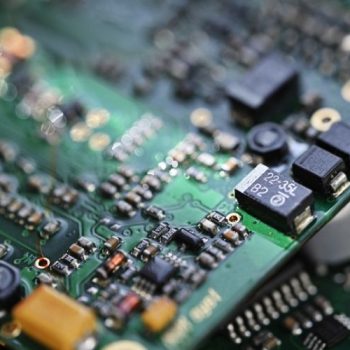Printed circuit boards are perhaps the most important invention for technology since usable electricity. Nowadays, it is difficult to imagine a world without circuit boards, as almost all of our electronic devices use them. But the circuit board did not start out that way. To understand how much of an impact it has had on society, here is a brief history of printed circuit boards.
Invention
The credit for the invention of the circuit board goes to Paul Eisler, who made the board in 1936 to help operate a radio system. Eisler’s design was not made from pure creativity. Just as it is with all technology, he was influenced by a previous invention; in this case, his influence stemmed from Charles Ducas, who made a previous circuit design.
WWII
This new circuit board soon found its way into military hands. By 1944, the circuit board, which had undergone several changes by Eisler, made its way into proximity fuses. The military built mines and bombs with these fuses for use in WWII. However, by 1948, the military released the circuit board technology to the public.
Silicon Chips
The circuit boards slowly spread across the country and the rest of the world. It took a while to take hold, but by the late 1950s, circuit boards were in all sorts of technology. Just a few years later, silicon chips—an upgraded version of the circuit board—started to take over the technological field. They could fit hundreds of components onto just one board, saving a significant amount of room in electrical devices.
SMT
As time went on, more and more techniques came out to shrink the size of circuit boards while increasing their power. In the 1980s, surface-mounted technology (SMT) changed the game. By altering how a circuit board holds its components, an SMT circuit board can be drastically smaller than other boards.
Now
Currently, PCB are necessary in almost every electronic device. Even some of the simplest devices hold these boards. Not only that, but current producers are able to mass-produce these smaller boards. You can even custom order your own unique PCB and mass-produce them using an online PCB fabrication service.
The process of making a circuit board has gone through many changes in the past century, from carving channels for a single wire to complex, multi-layer circuit boards that can fit on a stamp. Even with a brief history of printed circuit boards, it is hard to grasp all the changes this device has undergone and what it has meant to our society.










